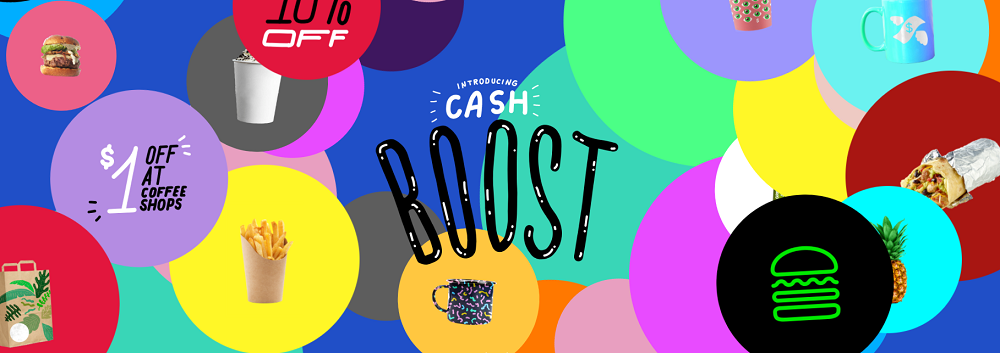When you hear about a business on a podcast 30 or 40 times, you start to wonder about its business model. When I first heard about the Cash App, it seemed like a Lyft to Venmo’s Uber: a viable alternative, but a clear market follower.
But Square (Cash App’s parent company) keeps adding new features and new incentives to use the app. I was induced to download it in July 2018 by the promise of $5 to me and the knowledge that I would be supporting a podcast I like. I also wanted to buy a few hundred dollars’ worth of Bitcoin (which is now a fewer hundred dollars’ worth of Bitcoin), and downloading the Cash App seemed like it would take less mental energy than going through Coinbase.
Cash App’s Offerings
Now, Square has plans to grow the Cash App into a wider range of financial services. Here is what it offers as of December 2018:
- Send and receive money for free
- A physical debit card (a “Cash Card”) that can be used at ATMs and businesses
- “Cash Boosts,” which are discounts at various businesses for using the Cash Card (including $1 off at all coffee shops!)
- Buy and store Bitcoin
- Direct deposits from a paycheck
- Move money out of Cash App into a bank account instantly (for a fee)
Cash Card Strategy
The strategy around the Cash Card and Cash Boosts is the most interesting to me. Square is clearly investing significantly to acquire users and get them to use the Cash Card. How will it capture value from the Cash Card? There are a few ways I can see.
- Most obviously, Square will make money off of transactions users make with the Cash Card, as a percentage of the transaction paid by the merchant.
- Square can use data from users’ spending activity to offer targeted loans. Square is already doing this with its business customers and offering credit in a data-driven way to consumers would be a natural next step.
- Square can charge businesses to be featured as Cash Boosts. As the user base grows, Cash Boosts could become valuable as trip drivers for places like Chipotle, which is a current “boost”. Restaurants and merchants could pay to tap into a giant user base outside of what they can access through their own loyalty and rewards programs.
Integration into the Square Ecosystem
Square focuses on drawing customers into the Square ecosystem, and wants its products to complement one another. For example, Square might get a vendor started with payment processing, and then once it’s gained the vendor’s trust, upsell them to Payroll services or lending with Square Capital.
On the company’s last earnings call, Jack noted that even the consumer-facing Cash App complements Square’s business offerings: couriers on Caviar, Square’s food delivery unit, get paid through the Cash App, and Square’s Payroll platform can integrate with it as well.
If the Cash Card gets big enough, I could imagine Square waiving the transaction fee for merchants who are using Square’s payment processing technology, bringing more merchants into the ecosystem.
One also has to think that the Cash App will evolve into a mobile payment platform at some point a la Apple Pay.

For now, I am happy to get a dollar off my coffee every day and sit and watch as Square experiments and grows (p.s., if you use my Cash Code to download the Cash App, we both get $5!)
As an aside, I’ve recently started listening to more earnings calls, and listened to several of Square’s earnings calls while researching this. I find that listening to Q and A with analysts at the end of the calls is a great way to get a sense for the company’s priorities and to build industry vocabulary. I’d recommend it as a less entertaining but more direct alternative to podcasts.
Sign up via email to be notified when I write something:
